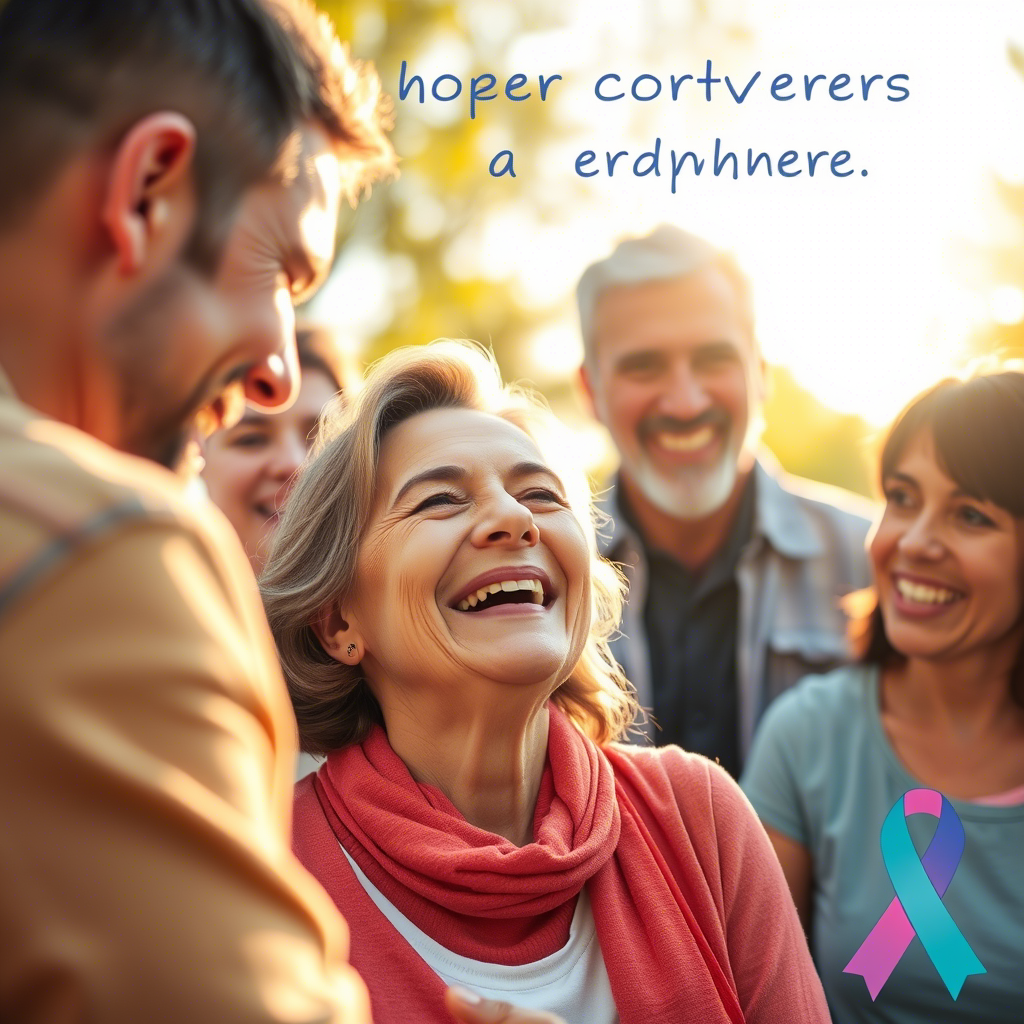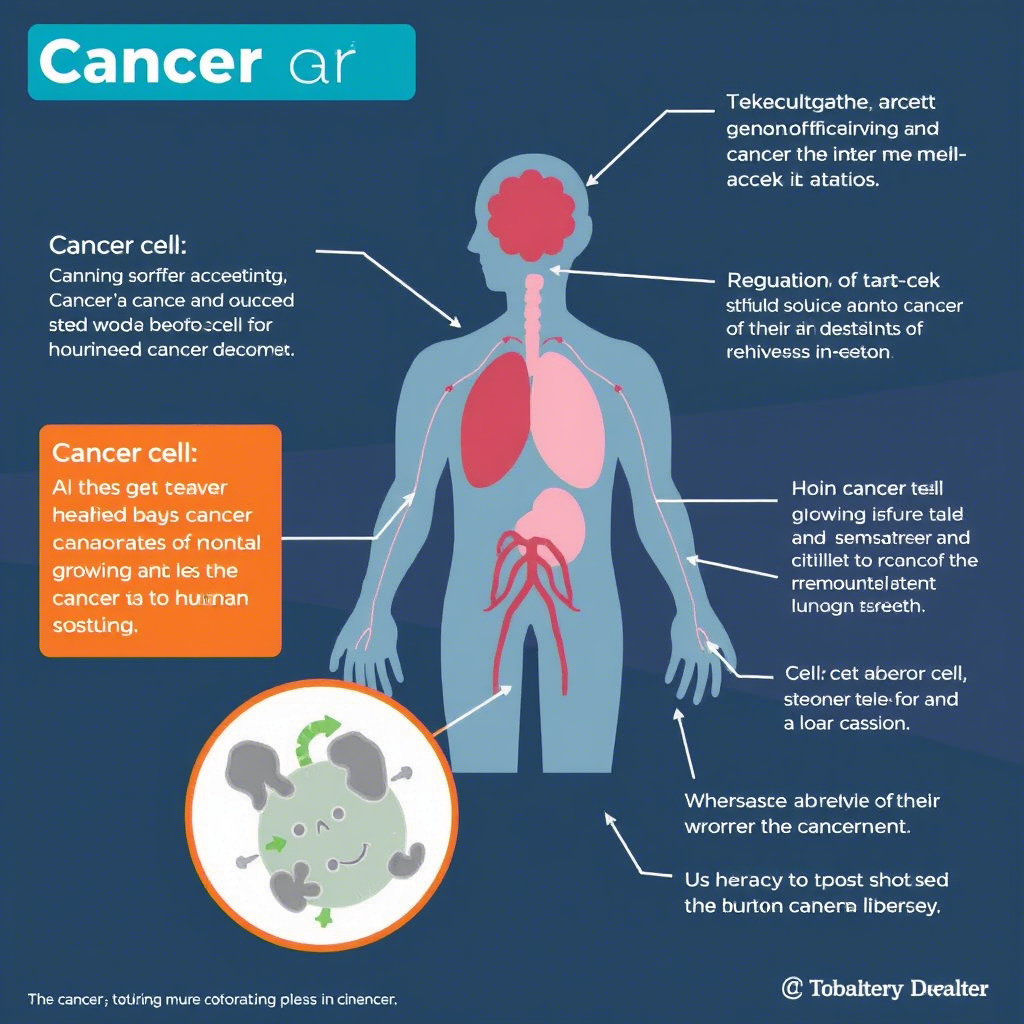Cancer. The word alone can evoke fear, confusion, and helplessness. Yet, behind this six-letter term lies a complex reality that touches millions of lives. Every year, over 18 million people worldwide are diagnosed with cancer, a disease characterized by the uncontrolled growth of abnormal cells. But cancer sign isn’t a single entity—it’s hundreds of diseases, each with its own story, challenges, and possibilities.
READ ALSO: Early Sign Of Heart Disease
This article isn’t just about medical jargon or statistics. It’s a human-centered exploration of cancer—what it is, how it affects lives, and why hope is far from lost. Whether you’re seeking knowledge for yourself, a loved one, or pure curiosity, let’s navigate this journey with clarity, empathy, and resilience.
1. Types of Cancer: The Many Faces of a Complex Disease
Cancer can develop anywhere in the body, but some forms are more common than others. Here’s a snapshot:
Breast Cancer
- Who it affects: Primarily women, though 1% of cases occur in men.
- Key fact: Early detection via mammograms boosts survival rates to 99% for localized cases.
Lung Cancer
- Leading cause: Smoking (responsible for 85% of cases), but non-smokers aren’t immune.
- Symptom alert: Persistent cough, shortness of breath, or unexplained weight loss.
Prostate Cancer
- Common in: Men over 50.
- Silver lining: Often slow-growing; many live decades with proper management.
Leukemia
- What it is: Blood cancer affecting bone marrow and blood cells.
- Hope spot: Pediatric leukemia survival rates have soared to 90% with advancements in therapy.

2. Causes and Risk Factors: Why Does Cancer Happen?
Cancer arises from DNA damage that allows cells to multiply unchecked. While some factors are beyond our control, others can be managed.
Lifestyle Choices
- Smoking: Linked to 15+ cancer types, including lung, throat, and bladder.
- Diet: Processed meats and alcohol increase risk; fruits/veggies lower it.
- Sun exposure: UV rays cause most skin cancers—think sunscreen and shade!
Genetics
- Inherited mutations: BRCA1/2 genes (linked to breast/ovarian cancers) account for 5–10% of cases.
- Family history: A relative’s diagnosis may elevate your risk, but it’s not destiny.
Environmental Exposures
- Carcinogens: Asbestos, radon, and air pollution contribute to lung and mesothelioma cancers.
- Viruses: HPV (cervical cancer) and Hepatitis B/C (liver cancer) are preventable with vaccines.
3. Cancer Sign & Prevention and Early Detection: Your Best Defense
Up to 50% of cancers are preventable. Here’s how to tilt the odds in your favor.
Diet and Nutrition
- Eat the rainbow: Antioxidant-rich foods (berries, leafy greens) combat cell damage.
- Limit processed foods: Swap deli meats for grilled chicken or tofu.
Screening Saves Lives
- Mammograms: Recommended yearly for women over 40.
- Colonoscopies: Start at 45 to detect colorectal cancer early.
- Pap smears: Every 3 years for cervical cancer screening.
Vaccines and Lifestyle Shifts
- HPV vaccine: Prevents cervical, anal, and throat cancers.
- Quit smoking: It’s never too late—lungs begin healing within weeks of quitting.
4. Treatment Options: From Traditional to Cutting-Edge
Treatment depends on cancer type, stage, and patient health. Here’s a toolbox of options:
Surgery
- Goal: Remove tumors and nearby tissue.
- Best for: Solid tumors (e.g., breast, colon).
Chemotherapy
- How it works: Drugs kill fast-growing cells (cancer and some healthy ones).
- Side effects: Hair loss, fatigue, nausea—but often manageable with modern therapies.
Radiation Therapy
- Uses: High-energy beams target cancer cells.
- Advancements: Precision techniques spare healthy tissue (e.g., proton therapy).
Immunotherapy
- Breakthrough: Harnesses the immune system to fight cancer (e.g., CAR-T cell therapy).
- Success story: Melanoma and lung cancer patients seeing long-term remission.
Palliative Care
- Focus: Quality of life—pain relief, emotional support, and symptom management.
- Myth buster: It’s not just for end-stage patients; it helps at any phase.
5. Living with Cancer: The Emotional and Physical Journey
A diagnosis can feel isolating, but support and adaptation pave the path forward.
Emotional Well-Being
- Support groups: Connecting with others reduces loneliness (check Cancer Care or local nonprofits).
- Therapy: Cognitive Behavioral Therapy (CBT) helps manage anxiety and depression.

Daily Life Adjustments
- Work: The Americans with Disabilities Act protects your job during treatment.
- Exercise: Gentle activities like yoga boost energy and mood.
Caregiver Support
- Respite care: Temporary relief for family caregivers.
- Communication: Honest conversations about needs and boundaries are vital.
6. Myths vs. Facts: Separating Truth from Fear
Myth: “Cancer is always a death sentence.”
Fact: Survival rates have doubled since the 1970s. Many cancers (e.g., thyroid, testicular) are highly treatable.
Myth: “Sugar feeds cancer.”
Fact: All cells use glucose, but no evidence shows sugar directly speeds cancer growth. Moderation is key.
Myth: “Only smokers get lung cancer.”
Fact: 15–20% of lung cancer patients never smoked. Radon and air pollution are silent culprits.
FAQs: Your Questions, Answered
Q: Can stress cause cancer?
A: No direct link, but chronic stress weakens immunity, potentially affecting cancer progression.
Q: Is chemotherapy worth the side effects?
A: For many, yes. New anti-nausea drugs and personalized dosing improve quality of life during treatment.
Q: Do herbal supplements work?
A: Some (like turmeric) may help inflammation, but always consult your oncologist—they can interfere with treatments.
Q: Can you prevent recurrence?
A: Healthy habits (diet, exercise, no smoking) and follow-up screenings reduce risk.
Q: How do I talk to kids about cancer?
A: Be honest but reassuring. Use age-appropriate language (e.g., “Mommy’s cells are sick, but doctors are helping”).
Conclusion: A Future Fueled by Hope
Cancer is a formidable opponent, but humanity’s progress against it is undeniable. From immunotherapy breakthroughs to grassroots awareness campaigns, we’re rewriting the narrative. Cancer Sign and its early detection saves lives, community support mends spirits, and science never stops pushing boundaries.
If you take one thing from this article, let it be this: Knowledge is power. Schedule that screening. Hug a loved one. Advocate for cleaner environments. And remember—you’re not defined by a diagnosis. As author Kris Carr, a cancer thriver, says: “Cancer is a word, not a sentence.”
So, let’s face cancer sign and cancer with courage, compassion, and an unshakable belief in tomorrow’s possibilities.


